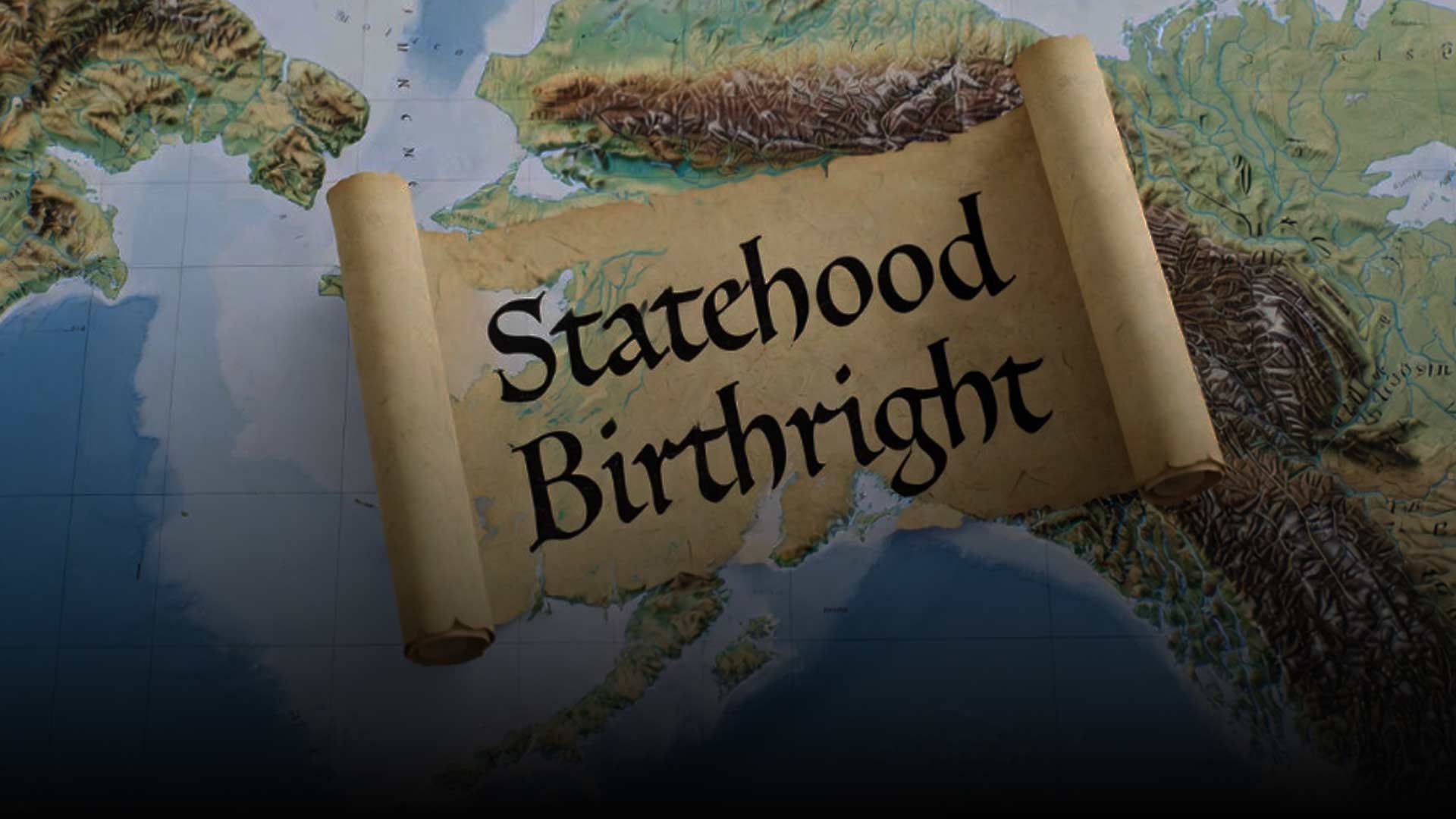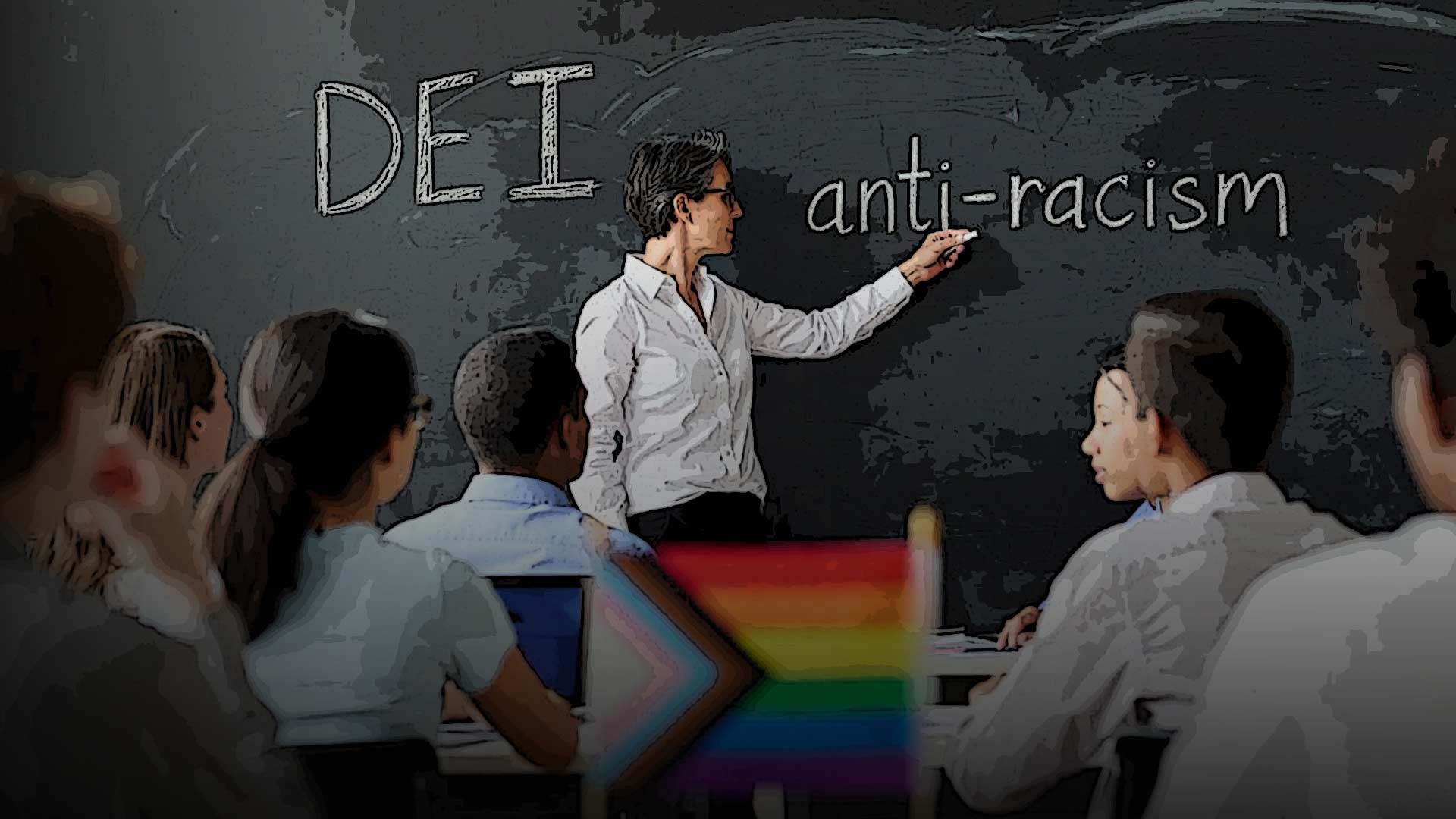
While Alaskans may have a reputation for landing salmon and shooting moose, caribou and bear, the percentage and overall number who purchased resident fishing, hunting or trapping licenses in is markedly lower than it was just 10 years ago.
According to the latest data from the Alaska Department of Fish & Game, only 154,432 Alaskans bought resident fishing licenses last year, down from 189,540 who did so in 2014. That’s a decrease from 25.7% to 21.0% of resident Alaskans.
Similarly, resident hunting licenses are down from 103,153 in 2014 to just 83,157 in 2023. Percentage wise that’s a drop from 13.9% of the population to 11.3%.
While locals may fish and hunt less than their older predecessors, outsiders are flooding Alaska’s riverbanks and hunting grounds in increasing numbers. In 2014, the state sold 273,535 non-resident fishing licenses. By 2023, that had grown to 345,925 – a 26.4% increase. Over the same period, non-resident hunting licenses have risen from 15,896 to 19,338 – a 21.6% increase.
While our parents and grandparents took pride in providing fresh game for their families, the next generation is disengaging … hunters are leaving, and the next generation is not stepping up to take their place.
The decline in hunting and fishing activity among Alaskans, however, follows a national trend. According to a 2020 article in Wild Life For All, the decline in hunting and fishing can be traced back several decades, with the number of hunters peaking at 16.7 million in 1982 and the number of anglers peaking in 1991 at 30.8 million. The loss of hunters and fishermen since those high points has occured despite steady growth in the overall U.S. population.
According to a 2021 article from North Carolina State the loss of outdoorsmen puts a squeeze on state wildlife agencies that rely on user fees and licenses to fund wildlife and conservation efforts. Alaska has been able to mitigate this somewhat through the higher number of out-of-state licenses. In 2014, Alaska generated $28 million in license sales. That number was $36 million in 2023. When factoring in inflation, that amounts to roughly the same buying power.
Part of the decline in hunting and fishing, though, has to do with Baby Boomers aging out of these pastimes without a younger generation to replace them. The North Carolina Article also points to the growing use of technology as a factor, as well changing demographics across the nation.
Writing last month in the Washington Times, Luke Hilgemann and Dan Cabela argue that the loss of hunters represents a significant threat to conservation efforts across the nation.
Hilgemann serves as director of the International Order of T. Roosevelt, while Cabela is executive director of the Cabela Family Foundation.
ALASKA WATCHMAN DIRECT TO YOUR INBOX
“The North American model of wildlife conservation is founded on a simple principle: Conservation efforts are vital to our hunting way of life, and hunters are essential to successful conservation,” they argue. “Through their purchases of licenses, guns and ammunition, hunters have contributed billions of dollars to conservation programs that have preserved vast wild landscapes and ensured sustainable wildlife populations continue to exist.”
They add that “misguided or misinformed groups” which are seeking to dismantle hunting and fishing are actually working against longstanding and effective preservation efforts. But they also acknowledge a cultural shift is underway.
“While our parents and grandparents took pride in providing fresh game for their families, the next generation is disengaging,” they noted. “In simple terms, hunters are leaving, and the next generation is not stepping up to take their place. When this honest relationship with nature evaporates, the desire, hard work, and funding to conserve risks evaporation as well.”
ALASKA HUNTING & FISHING LICENSES – 2014 TO 2023
Resident Fishing Licenses
— 2023: 154,432 (State population: 733,406)
— 2022: 155,241 (State population: 733,276)
— 2021: 199,683 (State population: 734,923)
— 2020: 173,558 (State population: 732,964)
— 2019: 161,186 (State population: 733,603)
— 2018: 159,426 (State population: 736,624)
— 2017: 162,513 (State population: 740,983)
— 2016: 203,413 (State population: 742,575)
— 2015: 190,366 (State population: 738,430)
— 2014: 189,540 (State population: 737,075)
Resident Hunting Licenses
— 2023: 83,157
— 2022: 86,458
— 2021: 92,488
— 2020: 96,987
— 2019: 88,571
— 2018: 90,904
— 2017: 89,445
— 2016: 116,997
— 2015: 103,435
— 2014: 103,153
Non-resident Fishing Licenses
— 2023: 345,925
— 2022: 332,844
— 2021: 308,806
— 2020: 134,297
— 2019: 306,322
— 2018: 305,372
— 2017: 298,151
— 2016: 300,862
— 2015: 288,915
— 2014: 273,535
Non-resident Hunting Licenses
— 2023: 19,338
— 2022: 18,622
— 2021: 19,260
— 2020: 14,054
— 2019: 15,897
— 2018: 14,632
— 2017: 12,477
— 2016: 20,135
— 2015: 16,703
— 2014: 15,896








14 Comments
If the state would lower the cost of FHT licenses to Alaskans that have been here for more than two years, raise the price for non-residents, and out of state guides and make the Fish and Game areas easier to understand ( even Fish and Game employees can’t understand it or explain it easily)- Fish and Game have made it as difficult as they possibly can to go hunting.
The caribou are gone, and ADFG has been systematically closing the fishing down becase of low king numbers. Why buy a license? Because the government needs the revenue to continue mismanaging the resources?
Joel, you missed a significant data shift at about 2020/2021. The number of licenses purchased by Alaskans actually increased right before dropping like a rock. As Reggie Taylor pointed out, the caribou herd numbers ate cut in half and the ADF&G has restricted those hunts. Fishing is also not good.
When you’ve put in your time and lived here as long as I have, and over 60.
Your hunting and fishing license is free.
I have a laminated card now, no need to get one every year.
I’m always locked and loaded for surf or turf.
Fresh, wild, organic, hand-picked Alaska food, you can’t get any better than that.
I do not know about the Fish and Game dept. in Alaska, but in Idaho it seems that fish planting has declined over tge last several years. Seems like (mis)management to me. I have consudered not contributing to that by purchasing a license.
Yes we are stuck with a changing population. But ADFG has not made anything easy nor managed it well. As has been mentioned reading the reg’s is a nightmare of confusion. Mismanagement of Caribou, Moose and Fish have declined the populations. Now they are talking about putting Chinook on the endangered list. The drawings are low odds and you get no credits to apply to future drawing as some states do. I wonder how many Moose we lose a year to misidentifying the “spike fork>50” rule and are left to rot in the field. Its almost like ADFG does not want us to have successful fishing and hunting trips.
“……… I wonder how many Moose we lose a year to misidentifying the “spike fork>50” rule and are left to rot in the field………”
Yup. I have personally been present when hunting “partners” with buck fever killed sub-legal moose on two occasions. Both times the moose was salvaged and turned in, but how often are they left?
Additionally, when are we going to see a biologic study on the effects of 30 years of shooting >3 brow tines out of the gene pool? Is ADFG going to wait until all the moose out there have only two brow tines, especially in hard hunted units like GMUs 7, 12, 13, 14, 15, 16, & 20?
I was talking about this with my spouse. We have not been hunting or fishing in a few years. Quit doing the drawings because it got to a point that none of our names were being drawn for permits. The horrible runs on fishing down in the Kenai area was a real turn off. I suppose we should get our licenses and fish the local lakes and streams since the stores may be running out of food in the near future. Get something put up so that we don’t starve. Not going to eat the bugs. Nope.
same with Florida. catch the fish out of season, throw them back but their lungs burst on the way up ohh well shark food
ok
citly.me/AweEi
there is a famous proverb do good have good so do not cry to money try this >>>> citly.me/AweEi
We have been Alaskans for over 10 years and grew up in Montana hunting and fishing. The problem in Alaska is hunting is too expensive and not accessible unless you have a ton of disposable income to buy all the specialized vehicles and gear or to charter a plane out or take a boat upriver to hunting areas that aren’t overcrowded. It’s not economical to spend that kind of money to maybe get a little meat. When I was a kid, all my dad needed was a rifle, a deer or antelope tag, and a little ammo and a blaze orange vest. That and permission from a landowner, which has also gotten harder over the years as farms and ranches consolidate and the federal government locks up ever more land. Too many of us are priced out of what it takes to hunt in interior Alaska. And have you looked at the price of a fishing charter? It’s ridiculous. It is far cheaper to just purchase our food.
As a young man here, its a why bother scenario. Plain and simple I don’t have the hunting money or the equipment, neither do the older folks I hear tales from. Fishings fine till the tourists come in then it’s all over but the crying about depopulation from AGFD and charters that let them harvest in the first place. It’s a lose-lose if I do or do not attempt anything so might as well get store meat and pick berries/mushrooms.